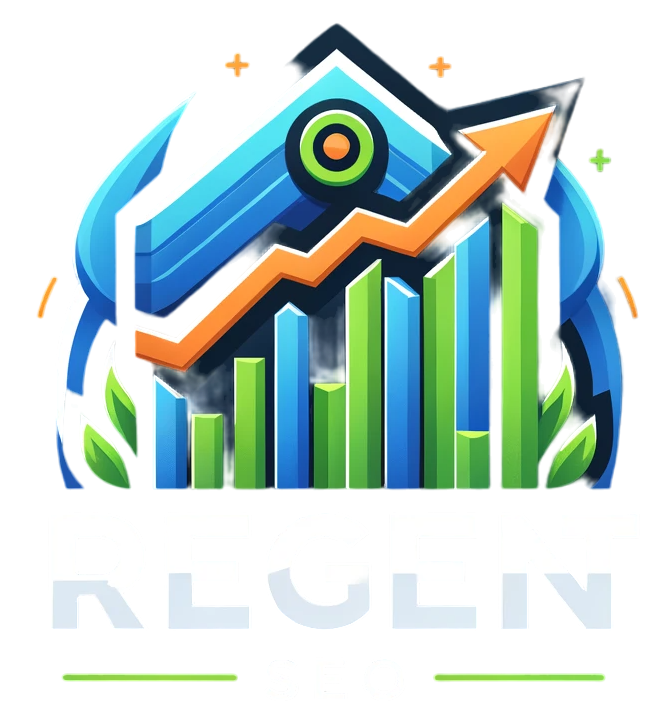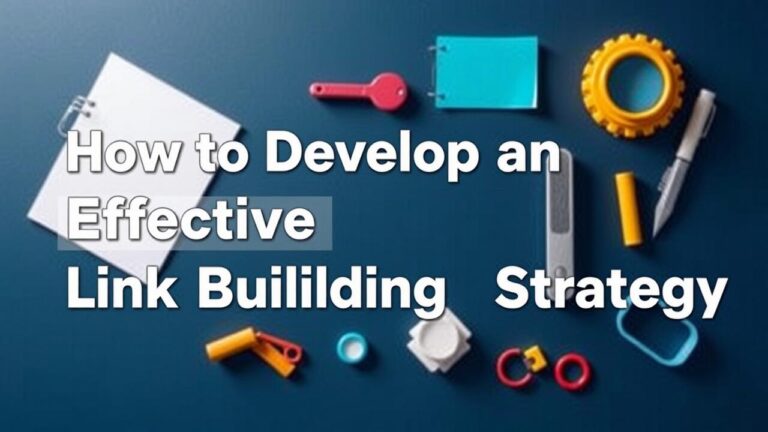What are Indexing and Crawling in SEO
Common Challenges with Crawling
Crawling, a crucial aspect of SEO, comes with its set of challenges that website owners and developers often encounter. One common challenge is the issue of duplicate content, where search engine crawlers might index multiple versions of the same content on different URLs. This can lead to dilution of search rankings and may confuse search engines on which version to prioritize for search results. Resolving duplicate content requires implementing canonical tags or 301 redirects to consolidate link equity and signal the preferred URL to search engines.
Another challenge is the presence of crawl errors, which can hinder search engine bots from accessing and indexing a website’s pages effectively. These errors could range from broken links and 404 pages to server connectivity issues and improperly configured robots.txt files. Addressing crawl errors involves regular monitoring through tools like Google Search Console to identify and fix issues promptly. By ensuring a smooth crawling process, website owners can improve the visibility and ranking of their pages on search engine results pages.
How to Optimize Your Website for Crawlers
Optimizing your website for crawlers is crucial for ensuring that search engines can easily navigate and index your content. Start by creating a sitemap that outlines the structure of your site and all its important pages. This will provide search engine crawlers with a roadmap to efficiently crawl and index your website. Additionally, make sure to use descriptive and relevant meta tags for each page on your site. These meta tags should accurately summarize the content of the page and include targeted keywords to help search engines understand the relevance of your content.
Another key aspect of optimizing your website for crawlers is ensuring that your site’s navigation is clear and user-friendly. Crawlers rely on links to discover and index new pages, so it’s important to include internal links throughout your site. By linking related pages together, you can help crawlers understand the relationship between different pieces of content on your website. Moreover, pay attention to your website’s loading speed and make sure that it is optimized for quick access by both users and search engine crawlers. A fast-loading website not only improves user experience but also encourages search engines to crawl your site more frequently.
Relationship Between Crawling and Indexing
Understanding the relationship between crawling and indexing is crucial for optimizing your website’s SEO performance. Crawling is the process by which search engine bots systematically browse the internet to discover new and updated content on various websites. Once the bots find a webpage, they analyze its content, index the information, and add it to the search engine’s database. Indexing, on the other hand, involves organizing and storing the web pages that have been crawled so that they can be quickly retrieved when a user performs a search query.
Efficient crawling is essential for ensuring that search engines can discover and index your website’s content effectively. By making your website easily navigable and ensuring that all important pages are accessible to search engine bots, you can improve the crawling process and increase the likelihood of your content being indexed. Moreover, optimizing your website’s internal linking structure and using sitemaps can further assist search engine bots in efficiently crawling and indexing your web pages.
Improving SEO Through Efficient Crawling and Indexing
Improving SEO through efficient crawling and indexing is crucial for enhancing the visibility and ranking of a website on search engine results pages. By ensuring that search engine crawlers can easily navigate and index your website’s content, you can increase the chances of your pages being displayed to users when relevant search queries are made. This process involves optimizing your website’s structure, content organization, and technical elements to make it more accessible and appealing to search engine bots.
One effective strategy for improving SEO through efficient crawling and indexing is to focus on creating high-quality, relevant content that is valuable to your target audience. By producing informative and engaging content that incorporates relevant keywords and follows best SEO practices, you can attract both users and search engine crawlers to your website. Additionally, regularly auditing and updating your website’s content, fixing broken links, and addressing crawl errors can help improve the overall crawlability and indexability of your site, leading to better SEO performance and visibility in search results.
Monitoring Indexing and Crawling Performance
Monitoring indexing and crawling performance is crucial for ensuring the visibility of your website on search engines. By regularly checking how efficiently search engine bots are crawling and indexing your site, you can identify any issues that may be affecting your SEO efforts. One common way to monitor indexing is to use tools like Google Search Console, which provides valuable insights into how many of your webpages have been indexed.
Tracking the crawling performance of your website is equally important. Tools like Screaming Frog can help you analyze how search engine bots are navigating through your site, identify any crawl errors, and ensure that all your important webpages are being discovered and indexed. By regularly monitoring both crawling and indexing metrics, you can make informed decisions to improve your website’s visibility and rankings on search engine results pages.
Tools for Tracking Crawling and Indexing Activities
Tracking crawling and indexing activities is crucial for understanding how search engines interact with your website. There are various tools available to help you monitor these processes effectively. Google Search Console is a fundamental tool that provides insights into how Google crawls and indexes your site. It offers reports on indexing status, crawl errors, and sitemap information, allowing you to identify and resolve issues that may hinder your site’s visibility in search results. Additionally, tools like Screaming Frog and DeepCrawl offer detailed analysis of your website’s crawling behavior, highlighting areas for improvement to enhance indexing efficiency and overall SEO performance. These tools provide you with valuable data to optimize your website for better search engine visibility.
Advanced Techniques in Crawling and Indexing
Improving crawling and indexing practices can significantly enhance a website’s SEO performance. One advanced technique is to utilize schema markup to provide search engines with more detailed information about the content on the site. By incorporating schema markup, webmasters can help search engines better understand the context of the content, which can lead to higher visibility in search results. Additionally, implementing dynamic rendering can aid in optimizing crawling efficiency. Dynamic rendering serves different versions of a webpage to users and search engines, ensuring that search engine bots can easily access and index the content.
Another advanced technique is the implementation of hreflang tags for websites with multilingual or international targeting. Hreflang tags signal to search engines which language and geographical audience each version of a webpage is intended for, preventing content duplication issues and ensuring the correct version appears in respective search results. Furthermore, optimizing crawl budget allocation by prioritizing high-value pages can enhance indexing efficiency. By focusing crawl budget on critical pages such as product pages or cornerstone content, webmasters can ensure that key pages are crawled and indexed promptly and consistently.
Leveraging XML Sitemaps for Better Indexing
XML sitemaps play a crucial role in helping search engines like Google understand the structure of your website. By providing a roadmap of all the pages on your site, XML sitemaps make it easier for search engine crawlers to discover and index your content efficiently. This can lead to better visibility in search engine results, ultimately driving more organic traffic to your website.
When creating XML sitemaps, it’s important to ensure that they are up-to-date and accurately reflect the most important pages on your site. Including metadata such as the last modified date can signal to search engines which content to prioritize for crawling and indexing. Additionally, organizing your sitemap into logical categories can help search engine crawlers navigate your site more effectively, leading to improved indexation of your content.
FAQS
What is crawling in SEO?
Crawling in SEO refers to the process where search engine bots systematically browse and access web pages to gather information for indexing.
How does indexing work in SEO?
Indexing in SEO involves storing and organizing the information gathered during the crawling process in a search engine’s database, making it available for retrieval when users search for relevant queries.
What are some common challenges with crawling in SEO?
Common challenges with crawling in SEO include issues with broken links, duplicate content, slow website speed, and improper use of meta tags that can hinder search engine bots from effectively accessing and indexing web pages.
How can I optimize my website for search engine crawlers?
To optimize your website for search engine crawlers, you can ensure a clear site structure, use proper URL structures, create an XML sitemap, optimize meta tags, fix broken links, and improve website speed to facilitate efficient crawling and indexing.
What is the relationship between crawling and indexing in SEO?
Crawling and indexing are interdependent processes in SEO, where crawling facilitates the discovery of web pages, while indexing involves storing and organizing the content found during crawling to make it available for search engine results.
How can I improve SEO through efficient crawling and indexing?
You can improve SEO through efficient crawling and indexing by focusing on technical SEO aspects such as site speed optimization, fixing crawl errors, creating a logical site structure, providing quality content, and ensuring proper use of meta tags and header tags.
How can I monitor indexing and crawling performance for my website?
You can monitor indexing and crawling performance for your website using various tools such as Google Search Console, Bing Webmaster Tools, Screaming Frog, and SEMrush to track crawl errors, index status, site visibility, and overall SEO performance.
What are some tools for tracking crawling and indexing activities in SEO?
Some tools for tracking crawling and indexing activities in SEO include Google Search Console, Bing Webmaster Tools, Screaming Frog, SEMrush, Ahrefs, Moz Pro, and DeepCrawl, which provide insights into crawl errors, index coverage, backlinks, and overall website performance.
How can I leverage XML sitemaps for better indexing in SEO?
You can leverage XML sitemaps for better indexing in SEO by creating a comprehensive sitemap that includes all relevant web pages, submitting it to search engines, updating it regularly, and using it to prioritize important pages for crawling and indexing to improve overall search visibility.






